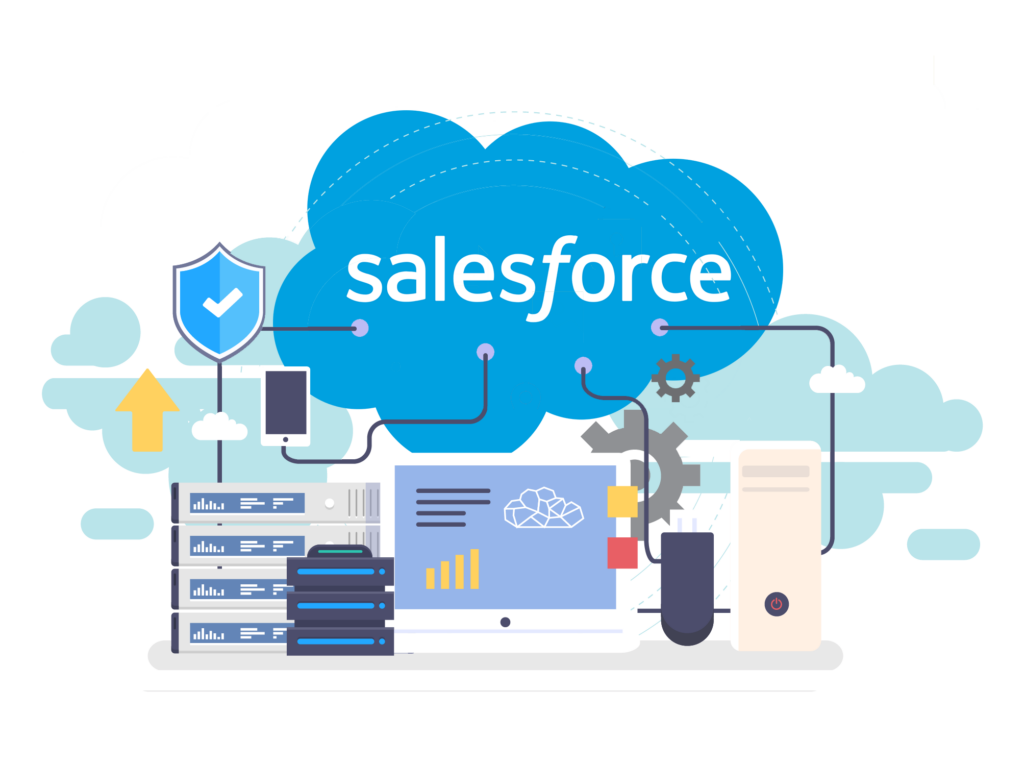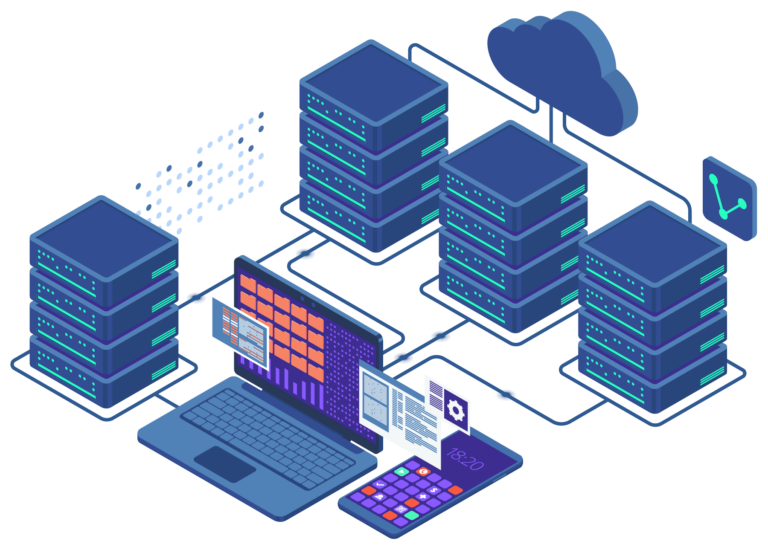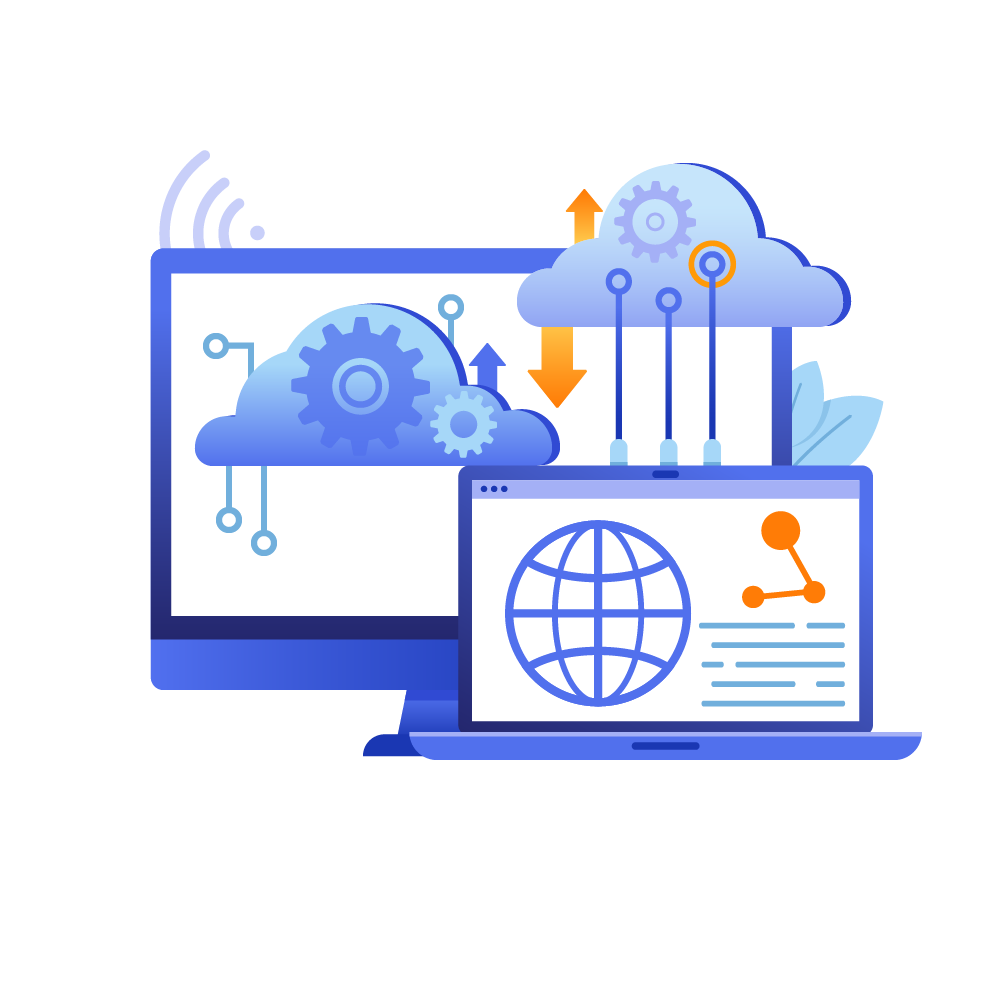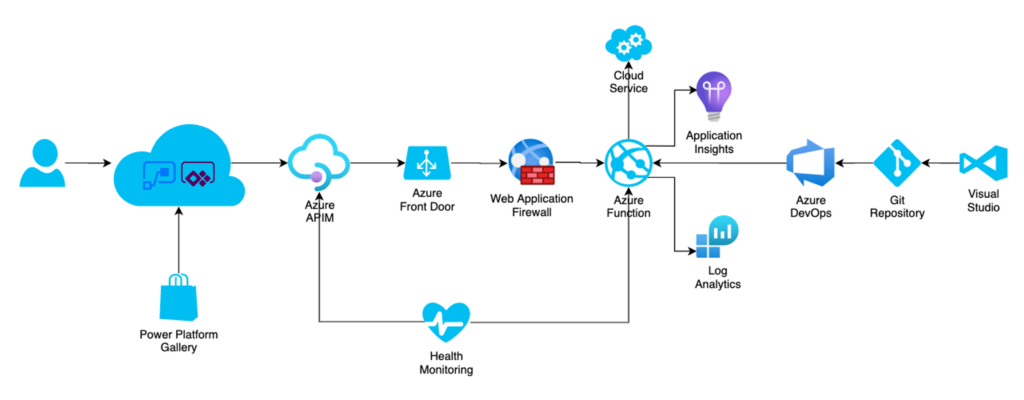
Force Connectors
External Systems and Data Integration for Salesforce

Connect Salesforce to systems and data sources on-premises, in the cloud, and anywhere in between.
What is a Salesforce connector?
Salesforce provides a number of methods for integrating with external systems and there are a wide range of solutions in the AppExchange that provide connectivity to and from popular cloud platforms. But sometimes there isn’t a plug and play component that works just the way a customer needs it to, the licensing costs are prohibitive, or the configuration requires too many trade-offs. In these instances, customers can create their own outbound integration solutions with custom code via Apex, Lightning Components, External Connections, and other supported mechanisms. On the other hand, if the business case requires inbound connectivity, Salesforce provides an extensive set of secure API’s that other systems can access. The possibilities are endless, and so too is the potential complexity and amount of code required to make it all function properly.


How do external connectors work?
An external connector describes a set of actions that can be taken from within a screen, flow, or app which require communication with a system outside of the Salesforce cloud. Each action has a set of inputs and produces some kind of output – text, file, data object – that can be used by app components, data flows, various record types, or even in views and messages. A simple example would be converting a monetary value on an order from one currency to another using a foreign exchange index, which requires some inputs (value, source currency, target currency) and returns an output (converted value). What happens on the other end isn’t of concern to the user, who simply configures the inputs and does something with the output. Behind the scenes, the connector could be facilitating anything from a simple web request to a complex series of actions, but its primary purpose is to make it easy for the user to select an activity without knowing any of the technical details.
What can be connected to Salesforce?
The Salesforce API’s cover nearly every type of data interaction on the platform, from ingesting leads to creating records, executing flows, accessing customer information, generating reports, setting user permissions, sending emails, responding to messages – the list of possible activities is extensive. Many cloud SaaS solutions have features that allow them to connect with cloud-based API’s such as those provided by Salesforce using standardized protocols. There are rules regarding how a request to Salesforce is formatted, what it transmits, and what it accepts in return, but so long as the system “speaks” the same language then it can be connected to Salesforce. Of course, each system is unique, and each implements extensibility features in a slightly different manner, with varying degrees of coding knowledge across multiple programming languages, so what sounds simple can quickly become very complex.

Why Force Connectors?
On the surface, connecting Salesforce to external systems, and accessing a Salesforce org from another cloud app, might seem like a relatively simple task – and in some cases it can be. Salesforce provides the ability to import Open API specifications, which are structured text files that describe inputs and outputs for a remote system, and use those actions in a flow or process. But knowing how to effectively describe those interactions can be tricky. Even skilled developers who have never worked with Open API specifications can find it difficult to know how and where to get started.
Some interactions require only a properly constructed definition and authorized access to a data source via an external connection. But more complex scenarios, such as accessing legacy systems on-premises, exchanging data with hosted databases, interacting with collaborative applications, or integrating SaaS solutions from other vendors, may require an extensive amount of custom-coded objects, classes, components, pages, and metadata elements in order for users to interact with them as part of their daily activities. Not only does that require a great deal of Salesforce coding knowledge but also a deep understanding of the external system interfaces and data schema – a daunting task indeed.
In the reverse scenario (accessing Salesforce data from another application), similar levels of complexity and effort apply. With such a large array of potential API endpoints within Salesforce, which one is best suited for the task at hand? How much and what type of code are required to make those API’s work on the remote system? How is security implemented and at what levels? How will users interact with the custom components? What data translation has to be done in-flight to ensure compatibility? All of these questions must be answered in order to deliver a functional solution.

At Apptigent, we’ve become experts at building, deploying, managing, and supporting Salesforce API integrations at scale. Our PowerTools connectors, which provide over 100 productivity-enhancing actions for Flow and Process Builder, serve over 10,000 API requests each day to customers on Power Platform, Salesforce, Zapier, IBM BPM, and more. PowerTools is a prime case study on how to run API infrastructure for enterprise scenarios, including single cloud, multi-cloud, and hybrid. Our experts have deployed API solutions not just on Salesforce, but also on Microsoft Azure, Amazon Web Services, Google Apigee, IBM API Connect, WS02, Mulesoft, API Layer, and more. We’ve taken this knowledge and distilled it down into a set of best practices for Salesforce connector development, hosting, management, and support that we’ve named Force Connectors.
Leveraging our deep expertise in the connector ecosystem, our experts collaborate with customers of all sizes to deliver custom solutions that meet a wide range of requirements, from access to legacy on-premises business applications, to systems integration with partners and vendors, SaaS platform data exchange, cloud-to-cloud connectivity, and more. We can help you build and deploy connectors that you manage yourself or host the infrastructure on your behalf as a turnkey solution. Whatever your needs, we have the knowledge and experience to make it happen.
Get started today and discover how Apptigent simplifies Salesforce extensibility with Force Connectors.
How It Works
Scope
Discuss your requirements with our connector experts. We'll help you define the technical specifications and generate a build plan.
Build
We create the connector definition, API endpoints, middleware, and backend components you need for the desired integration.
Deploy
We configure all the necessary infrastructure and enable the connector in your tenant. Then we maintain and support it so you never need to worry.
Frequently Asked Questions
We have a skilled development team, can we do this ourselves?
Of course! Assuming that the developers have experience with creating API specifications, building custom Salesforce components, , configuring the necessary infrastructure, and putting all the pieces together, there's no 'secret sauce' to deploying a custom connectors or solution. If not, we can teach your staff how to do all those things or build it for you then turn it over so your team can take it forward. Just let us know how we can help!
How long does it take to create and deploy a connector?
Simple scenarios may only take a few weeks. More advanced situations may require several months. It all depends upon your needs. Contact us to arrange a scoping discussion so we can generate a build plan for you with a deliverable timeline.
How much does it cost to create a custom connector?
Cost varies on a case by case basis depending upon complexity and overall requirements. A simple connector definition for a publicly available API might only take a week to produce but more advanced scenarios may require several months to complete all the necessary tasks. Contact us to arrange a scoping discussion so we can provide a personalized quotation.
I found an app that almost does what we want, can you customize that for us?
Maybe. Most AppExchange solutions are published by independent software vendors or Salesforce partners; as such, we cannot utilize their intellectual property without permission. However, we may be able to replicate the functionality in an existing connector and create a solution that meets your exact requirements. Let us know what you want to accomplish and we'll see if it can be done!
What are the benefits of Force Connectors versus hiring a contract developer?
There are plenty of skilled developers who can write specifications. Or create serverless functions and API integrations. But knowing how to put together all the pieces of an enterprise-scale API, along with the ins and outs of the Salesforce customization and integration model, requires a specific skillset. We have that knowledge at Apptigent because we provide commercial connectors across multiple platforms on a globally distributed, highly scalable infrastructure. You get the benefit of our experience and lessons learned to ensure the best, most efficient connector experience possible.
